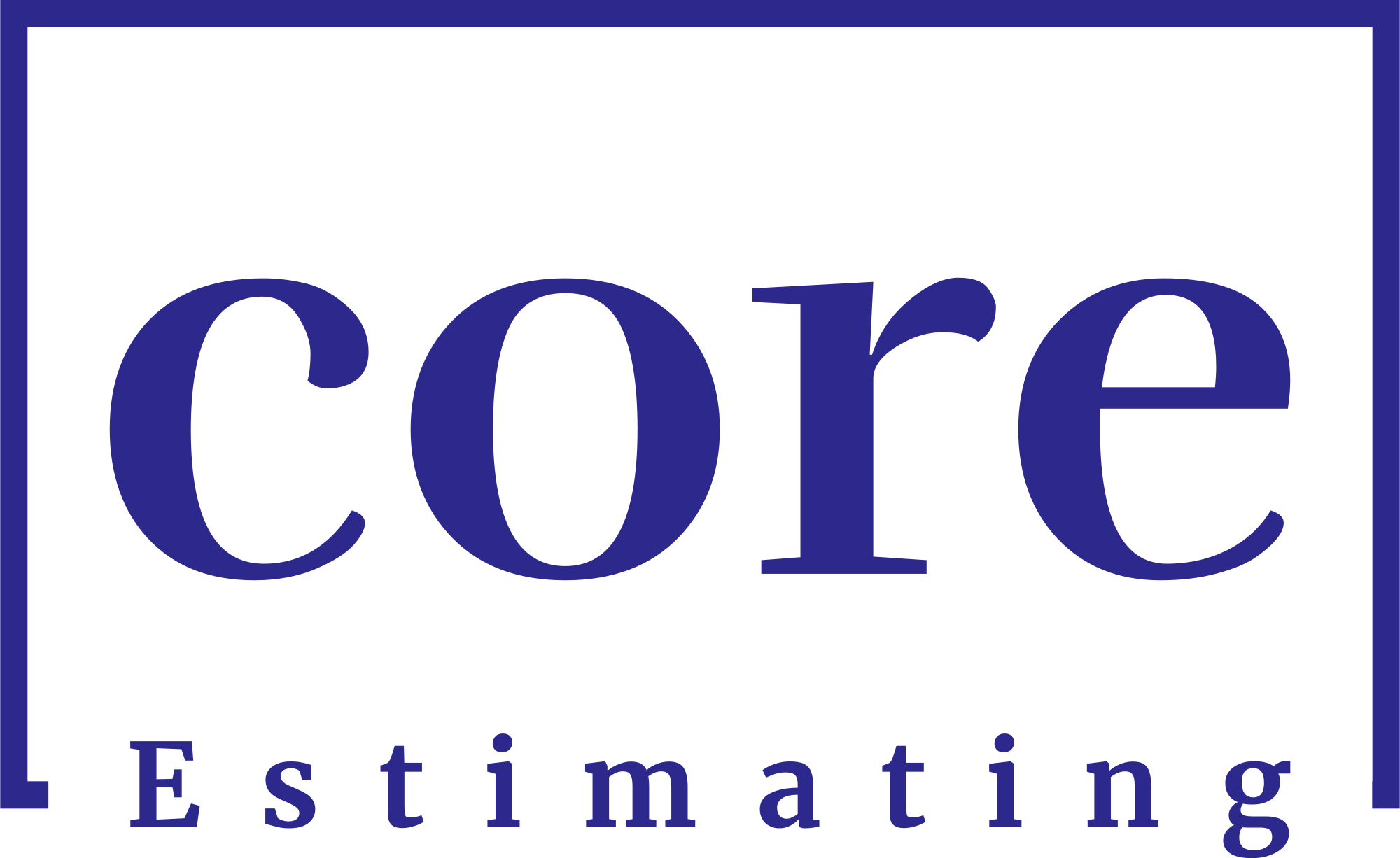Estimation is a vital part of project management, setting the stage for planning, scheduling, budgeting, and resource allocation. It’s an area that offers numerous techniques, each with its strengths and weaknesses. One such technique is top-down estimating. In this article, we’ll deep-dive into what top down estimating entails, its advantages, and disadvantages, and how to strike a balance for effective project management.
What is Top-Down Estimating?
Top-down estimating is a method where project estimation is performed from a general perspective before moving on to the specifics. This strategy begins with a holistic view of the project, and from there, individual task or component estimates are defined.
Key Components of Top-Down Estimating
The process of top-down estimating generally involves three core components:
- High-level project understanding
- Breakdown into tasks or components
- Estimation of each task or component
These elements collectively enable a systematic approach to project estimation, allowing project managers to gain a comprehensive understanding of the project’s scope and requirements.
Advantages of Top-Down Estimating
Now let’s delve into the numerous benefits that top-down estimating offers.
Broad Overview
Top-down estimating allows project managers to maintain a broad overview of the project. This overarching perspective ensures that the project’s major objectives are clear and well-defined from the start.
Time Efficiency
The top-down method is a time-efficient approach to project estimation. Instead of diving into minute details from the start, you get an initial estimate quickly, which can be refined over time.
High-Level Understanding
This method fosters a high-level understanding of the project among stakeholders, ensuring everyone is on the same page about the project scope, timeline, and cost.
Flexibility
Finally, top-down estimating is flexible. It allows for adjustments and refinements as the project progresses and more detailed information becomes available.
Disadvantages of Top-Down Estimating
Despite its numerous benefits, top-down estimating is not without its drawbacks.
Lack of Detail
The major disadvantage of top-down estimating is that it can often lack detail. The focus on the ‘big picture’ might result in overlooking or underestimating minor but critical tasks.
Risk of Inaccuracy
Given its reliance on high-level data, there’s a higher risk of inaccuracy in the initial estimates. This could potentially lead to oversights in budgeting and resource allocation.
Overdependence on Expert Judgement
Top-down estimating is often reliant on expert judgment. Over-reliance on this can sometimes lead to bias and subjectivity in the estimates.
How to Maximize the Benefits and Mitigate the Risks of Top-Down Estimating
To leverage the benefits and mitigate the risks of top-down estimating, it’s essential to combine it with other techniques, such as bottom-up estimating. Regular reviews and updates of estimates as the project progresses can also ensure greater accuracy.
Conclusion
Top-down estimating is a powerful tool for project managers, offering a holistic view, time efficiency, and flexibility. However, to use it effectively, one must be aware of its limitations, such as potential inaccuracy and a lack of detail. By understanding and mitigating these risks, project managers can harness the full potential of this method to deliver successful projects.
FAQs
What is top-down estimating?
Top-down estimating is a project estimation technique that starts with a high-level overview and then breaks down into specific tasks.
What are some advantages of top-down estimating?
Some advantages include a broad project overview, time efficiency, a high-level understanding among stakeholders, and flexibility.
What are the disadvantages of top-down estimating?
The main disadvantages of top-down estimating are a potential lack of detail, the risk of inaccuracy, and overdependence on expert judgment.
How can we mitigate the risks associated with top-down estimating?
The risks can be mitigated by combining top-down estimating with other techniques like bottom-up estimating and regularly reviewing and updating estimates.
Is top-down estimating suitable for all types of projects?
Top-down estimating is best suited for projects where a high-level overview is more beneficial than a detailed breakdown, such as in the early stages of project planning.






